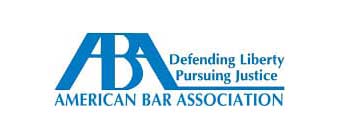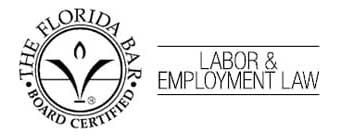No one expects to become the victim of sexual harassment, and they might not catch the behavior until after it becomes severe. Here’s how to recognize sexual harassment as quickly as possible so that you can address it and put a stop to it:
Notice when a coworker makes you feel uncomfortable: It doesn’t matter the context or what is actually happening. Does your coworker or manager make you feel uncomfortable? Would you prefer not to be around him or her? If you can answer yes to either of these questions, that’s enough. Be on alert for harassing and sexualized comments coming from this person.
Notice what appears to be “harmless” flirting and joking behavior: Sexual harassers often attempt to dismiss their sexualized comments or jokes about your appearance as “harmless” fun. If it makes you feel uncomfortable, this is certainly not fun (for you), and you have the right to make it stop.
Address the behavior directly: Perhaps your coworker is making lots of sexual jokes and you don’t like them. Perhaps your supervisor has asked you on dates multiple times, even though you’ve said no to each request and even stated that you will never go on a date with him or her. Whatever the behavior is, tell the person who’s doing it that it makes you feel uncomfortable and you want it to stop.
Report the harasser to the appropriate person: Most workplaces have a designated human resources person, or someone else, that the employee manual indicates is your go-to person for all concerns about sexual harassment. If your harasser refuses to stop, notify this person of the behavior, that you want it to stop and follow up your conversation in writing with an email. Save a copy of this email and all other evidence of the harassment in a safe location that is not at work.
If you can’t get the sexual harassment at your job to stop, then you may need to seek outside assistance. There are numerous government and private resources that can provide you with help. Particularly, an employment law attorney will be able to file a legal action on your behalf to assert your legal right to a safe workplace.




